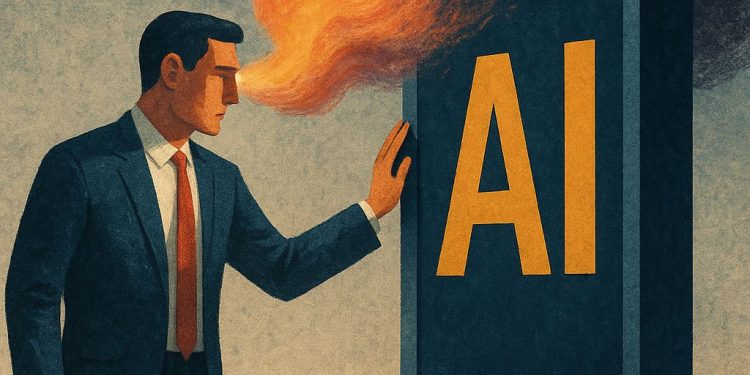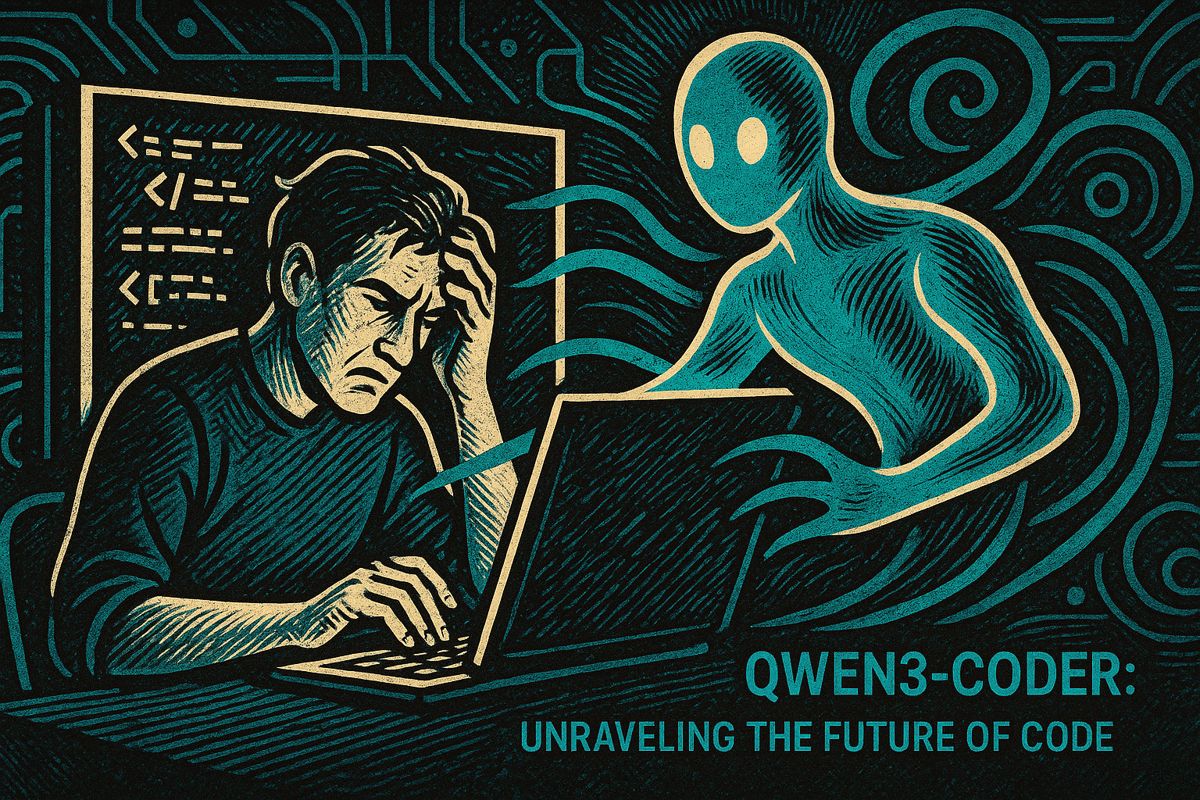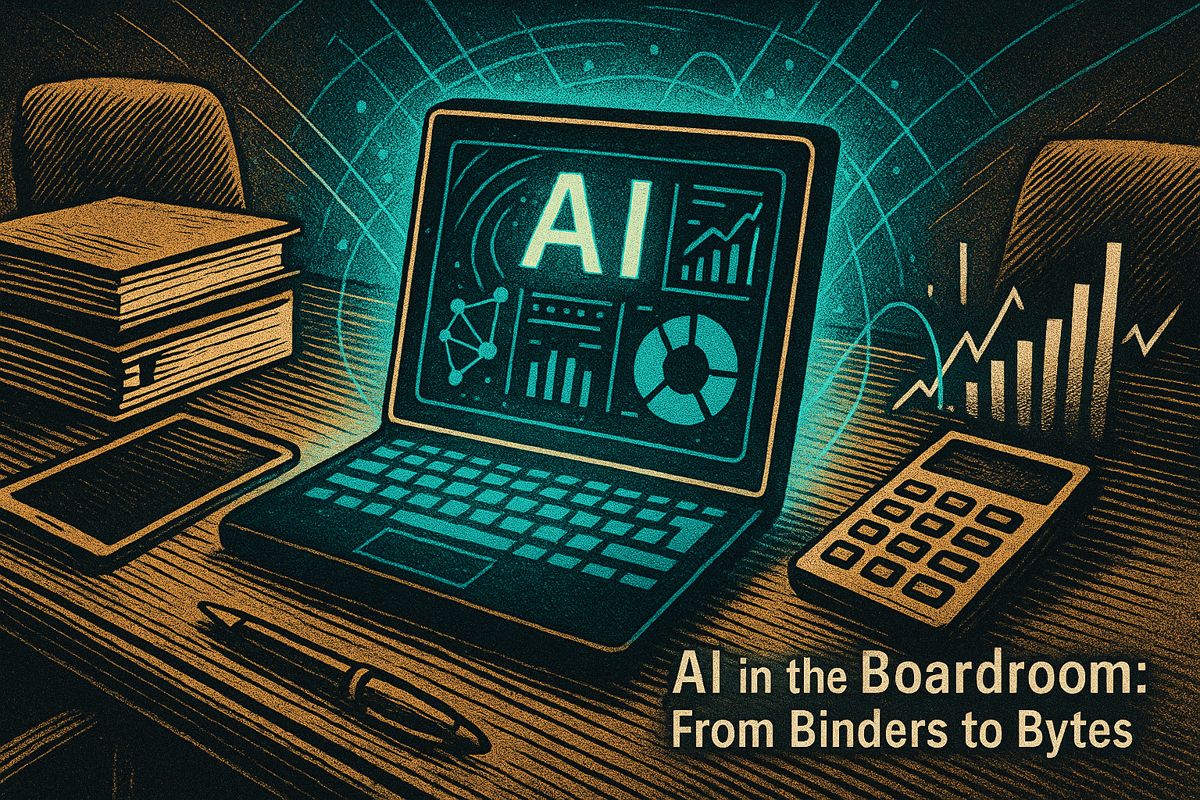In 2025, user-generated content (UGC) is changing fast, with four main types of creators – Trendsetters, Storytellers, Experts, and Community Builders – helping brands connect with people and boost sales. Companies use both face-showing and faceless videos, and even AI, to reach more fans while keeping costs lower than older influencer deals. Employees and everyday customers now make about 60% of all UGC, with rewards and games encouraging them to join in. Agencies match brands with creators quickly, and the best mix of real employee voices and outside creators can almost double brand performance. Brands can start small, test what works, and grow their UGC campaigns for the best results.
What are the key strategies for driving brand performance with UGC in 2025?
In 2025, brands maximize performance by leveraging four creator profiles – Trendsetters, Storytellers, Experts, and Community Builders – using a blend of face-showing, faceless, and AI-powered content. Top tactics include activating employees and customers as advocates, using agency platforms, and running micro-budget UGC tests for higher conversion and engagement.
In 2025 the user-generated content (UGC) arena looks nothing like the 2020 playbook. Four creator profiles now dominate, each unlocking different slices of brand loyalty and performance. Here is the up-to-date map, plus the exact tactics teams are using to turn employees and customers into profit-driving advocates.
The Four Creator Profiles in 2025
| Profile | Core Skill | Typical Rate | Brand Advantage |
|---|---|---|---|
| *Trendsetters * (face-showing) | Early adopters who shape culture on Reels/TikTok | $400-600 per video | Highest conversion lift thanks to relatable human element |
| *Storytellers * (face-showing or faceless) | Long-form narrative via voice-over or captions | $200-350 per asset | 50 % higher engagement when the story matches brand values |
| *Experts * (faceless heavy) | Niche authority via product demos, tutorials | $150-250 per post | 29 % more web conversions in B2B and SaaS funnels |
| Community Builders (hybrid) | Foster discussion threads, FB Groups, Slack | $300-500 per campaign | Drives 8× more interaction than official brand posts |
Key shift: 60 % of all UGC is now produced by creators who also hold 9-to-5 jobs, blurring the line between employee advocacy and external talent (source).
Face-Showing vs. Faceless vs. AI – The Data
- Face-showing : still the top earner. Brands pay up to 71 % more than for faceless clips, yet the resulting ads deliver 10× higher view-through (source).
- Faceless : offers privacy and volume. AI tools now let one editor output 10 minutes of finished content for $5-10, a 44 % cost drop year-over-year (source).
- AI-powered creators: 80 % of creators already run AI for scripting or voice-over, but disclosure rates under 40 % risk trust erosion (source).
Agency Layer – The $7.6 B Middleman
With 88 UGC platforms and an expected $27 B market by 2029, agencies have become full-service studios. Typical workflow:
- Brief intake – brand KPIs, tone, compliance
- Creator match – AI selects from pools of 500-2 000 vetted profiles
- Production sprint – 5-7 day turnaround, hybrid face/faceless mix
- Rights & syndication – assets pushed to paid social, email, PDP
Agencies now pocket 30-45 % margin, yet brands still save versus traditional influencer campaigns.
How to Activate Employees & Customers as Advocates
Employee Program (B2B & Retail)
- Toolkit drop – monthly bundle of product videos, caption starters, and brand-safe hashtags
- Gamified leaderboard – points convert to gift cards; top 5 % invited to paid UGC tiers
- Legal guardrails – pre-approved FTC disclosure snippet auto-appended
Customer Program (DTC & CPG)
- Post-purchase trigger – email/TikTok DM asking for 15-sec review within 7 days
- Instant reward – 10 % coupon or loyalty points, redeemable only after content passes brand safety scan
- Community spotlight – best clips featured on site banner, driving an extra 4× CTR and 50 % lower CPC (source).
Benchmark Budgets for 2025 Campaigns
| Campaign Size | Creator Mix | Expected CPM | Notes |
|---|---|---|---|
| $5 k | 4 face-showing, 6 faceless | $9-11 | Ideal for product launches |
| $25 k | 15 face-showing, 10 faceless, 2 AI avatars | $7-9 | Includes A/B testing across 3 platforms |
| $100 k | Agency full-service bundle | $5-7 | Rights in perpetuity, whitelisting included |
Key Takeaway
Brands that pair employee voices with external creators are seeing 93 % higher performance than brand-only content. Start with a micro-budget test ($1 k-$3 k), run it against static ads, then scale the winning format.
What are the four main types of UGC creators brands should know in 2025?
Trendsetters lead conversations, Storytellers weave compelling narratives, Experts provide deep knowledge, and Community Builders foster tight-knit groups. Each role shapes brand perception differently – Trendsetters drive virality, Storytellers create emotional connections, Experts build credibility, and Community Builders ensure long-term loyalty.
How do face-showing UGC creators compare to faceless creators in 2025?
Face-showing creators command 70% higher engagement and boost conversion through human relatability, with rates averaging $250-600 per video. Faceless creators offer privacy and versatility at lower costs, often focusing on product shots and tutorials. AI-powered faceless content now costs only $5-10 per minute while delivering 47% higher click-through rates.
Why are UGC agencies becoming the go-to solution for brands in 2025?
UGC agencies serve as full-service production studios, managing teams of creators and delivering consistent, scalable content. With the UGC market hitting $7.6 billion in 2025 and projected to reach $27 billion by 2029, agencies provide brands with expert creator management, campaign oversight, and multi-platform distribution. This model eliminates the complexity of managing individual creators while ensuring quality control.
What makes authentic UGC more effective than traditional influencer content?
UGC generates 10 times more views than branded content and 70% better engagement on Instagram. Millennials trust UGC 50% more than traditional media, while 93% of marketers report better results from UGC than branded content. The key difference lies in authenticity and relatability – consumers perceive UGC as genuine peer recommendations rather than polished advertising.
How should brands balance AI-generated content with human creators in 2025?
The winning strategy combines both approaches: use AI for scalable, cost-effective content production while leveraging human creators for authenticity and emotional connection. Hybrid campaigns achieve the best ROI – brands report 40% higher ROI with AI-generated content but maintain human creators for trust-building. Transparency about AI use remains crucial to maintain consumer confidence.



















